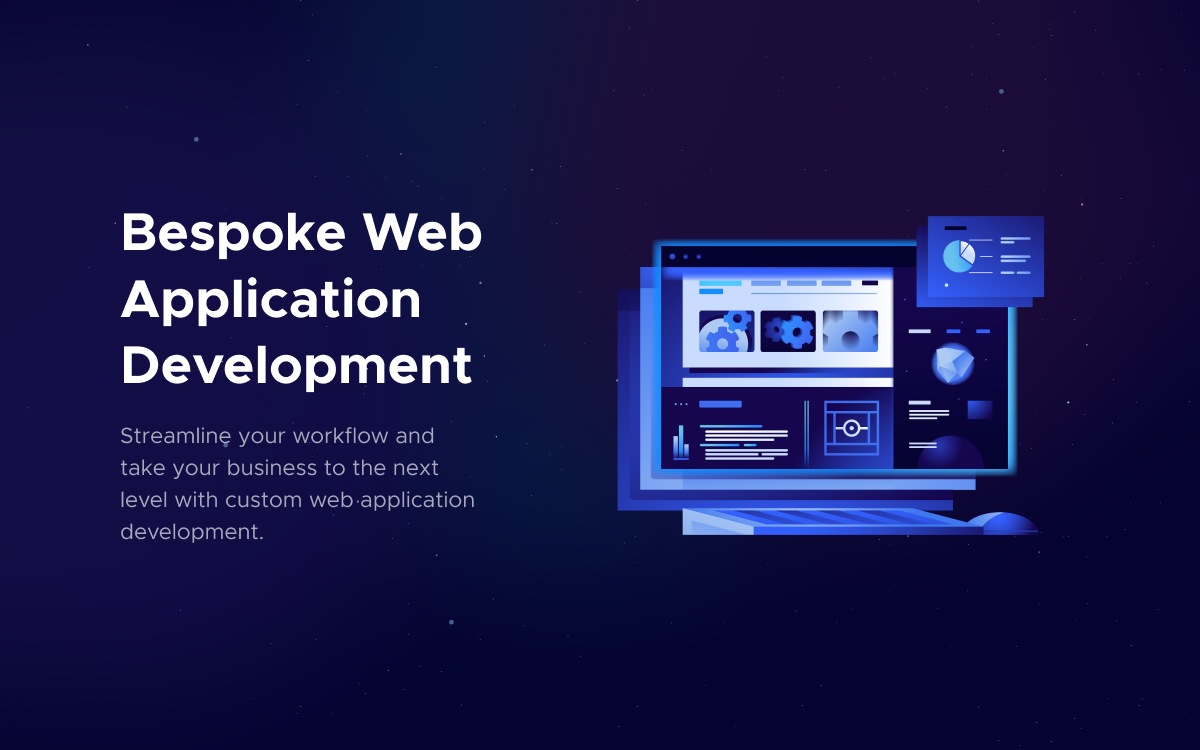Axon Framework: Explaining the Power of Event-Driven Architecture
A Guide to the Axon Framework
The world of technology is always changing, refining, and reaching new heights in software development. The Axon framework is a new word in technology, bringing with it a whole new philosophy and strategy for building apps.
It stands out as a powerful tool for building event-driven microservices with ease and efficiency. By embracing the principles of Domain-Driven Design (DDD), Command Query Responsibility Segregation (CQRS), and event sourcing, Axon empowers developers to create scalable, maintainable applications that respond seamlessly to changing business needs.
In this article, we explore the core features and benefits of the Axon framework, delving into its architecture, practical use cases, and how it can revolutionize your approach to modern application development.
About CQRS
Before we dive into what the Axon framework is, we need to understand some basics about CQRS and Event Sourcing.
!! Command Query Responsibility Segregation (CQRS) is a powerful architectural pattern that distinctly separates read (query) operations from write (command) operations, which allows devs to optimize each side independently, leading to improved performance and scalability.
In other words, the change it brings is the division of the conceptual model into two separate models:
● Command Model — intended for updating;
● Query Model — intended for displaying the information.
In a traditional CRUD (Create, Read, Update, Delete) approach, the same model is often used for both reading and writing data, which can lead to complexities and inefficiencies as the application grows. With CQRS, the read side and the write side can evolve independently, allowing for tailored data models and storage solutions. This flexibility makes it easier to implement features like event sourcing, where changes to the application's state are captured as a sequence of events.
Additionally, CQRS aligns well with microservices architecture, enabling teams to develop and deploy services independently. By employing CQRS within the Axon, developers can leverage its built-in support for handling commands and queries, ensuring a robust application that is capable of scaling effectively in response to varying workloads.
About Event Sourcing
Now, let’s move on to event sourcing - what is it?
!! Event Sourcing is an innovative architectural pattern that focuses on capturing and storing the state changes of an application as a sequence of events, rather than merely storing the current state of data.
In an event-sourced application, every change to the app's state is represented as an immutable event. In other words, these events are stored in an event store, serving as the primary source of truth for the application's state. When reconstructing the current state, the application replays these events in the order they occurred, ensuring that the historical context is preserved.
In contrast to traditional database models, where data is updated directly, event sourcing retains the complete history of changes, allowing for greater transparency and traceability in the system. This not only provides a reliable audit trail but also enables features like time travel, allowing developers to investigate the state of the application at any point in its history.
Event sourcing complements CQRS effectively, as it allows the write side (commands) to emit events that are then consumed by the read side (queries). This decoupling of read and write operations improves the scalability and performance of the app, as each side can be optimized independently.
Moreover, by using the Axon framework's built-in support for event sourcing, developers can easily implement robust architectures that accommodate complex business requirements.
Components of Axon Framework
This innovative framework offers a comprehensive suite of components designed to facilitate the development of event-driven applications. Each component plays a crucial role in enabling the principles of CQRS and event sourcing, fostering a structured approach to managing application complexity. Here’s a breakdown of the key components:
Axon Framework (Core)
The core of the framework provides the foundational building blocks for developing event-driven applications. It includes essential libraries and tools that simplify the implementation of CQRS and event sourcing, allowing developers to focus on business logic without getting bogged down in infrastructure concerns.
Axon Server
Axon Server is a dedicated server designed to manage the storage and retrieval of events, commands, and queries. It serves as a centralized hub for event storage, providing features such as event replay, monitoring, and distributed event handling. Axon Server enhances scalability and performance, allowing applications to handle high-throughput workloads with ease.

Domain Model Components
In Axon, domain model components encapsulate the core business logic and rules. They consist of aggregates, entities, and value objects that collectively represent the state and behavior of the application domain. This modular design promotes a clear separation of concerns and facilitates easier testing and maintenance.
Commands
Commands are messages that represent requests for state changes in the application. They encapsulate user intentions and are dispatched to command handlers for processing. In Axon, commands are immutable, ensuring that the requested changes are clear and explicit, thereby preventing unintended side effects.
Events
Events are immutable messages that capture state changes that have occurred within the system. Once an event is published, it signifies that something significant has happened, allowing other components to react accordingly. Events serve as the primary mechanism for communication between aggregates, command handlers, and event handlers in an event-driven architecture.
Aggregates
Aggregates are the central building blocks of the domain model, representing a cluster of domain objects that are treated as a single unit for data changes. They encapsulate the business logic and ensure that invariants are maintained. Aggregates respond to commands and generate events that reflect state changes, helping to maintain consistency within the application.
Command Handlers
Command handlers are responsible for processing incoming commands and executing the associated business logic. They receive commands, validate them, and invoke methods on aggregates to perform state changes. In Axon, command handlers are designed to be simple and focused, promoting a clean separation of concerns.
Event Handlers
Event handlers react to published events and execute logic in response to state changes. They can be used to update projections, trigger notifications, or initiate further processing. Axon allows for flexible event handling, enabling multiple handlers to listen to the same event and respond accordingly.
Query Handlers
Query handlers are responsible for processing read requests and returning data to clients. They operate on projections, which are read-optimized views of the application's data. By decoupling read and write operations, query handlers can be optimized for performance, ensuring quick access to relevant information.
Sagas
Sagas are long-running business processes that span multiple aggregates and may require coordination between them. They manage the state and behavior of complex workflows, handling events and commands as necessary to ensure that the process progresses smoothly. Sagas help maintain consistency across different parts of the system while allowing for eventual consistency in distributed architectures.
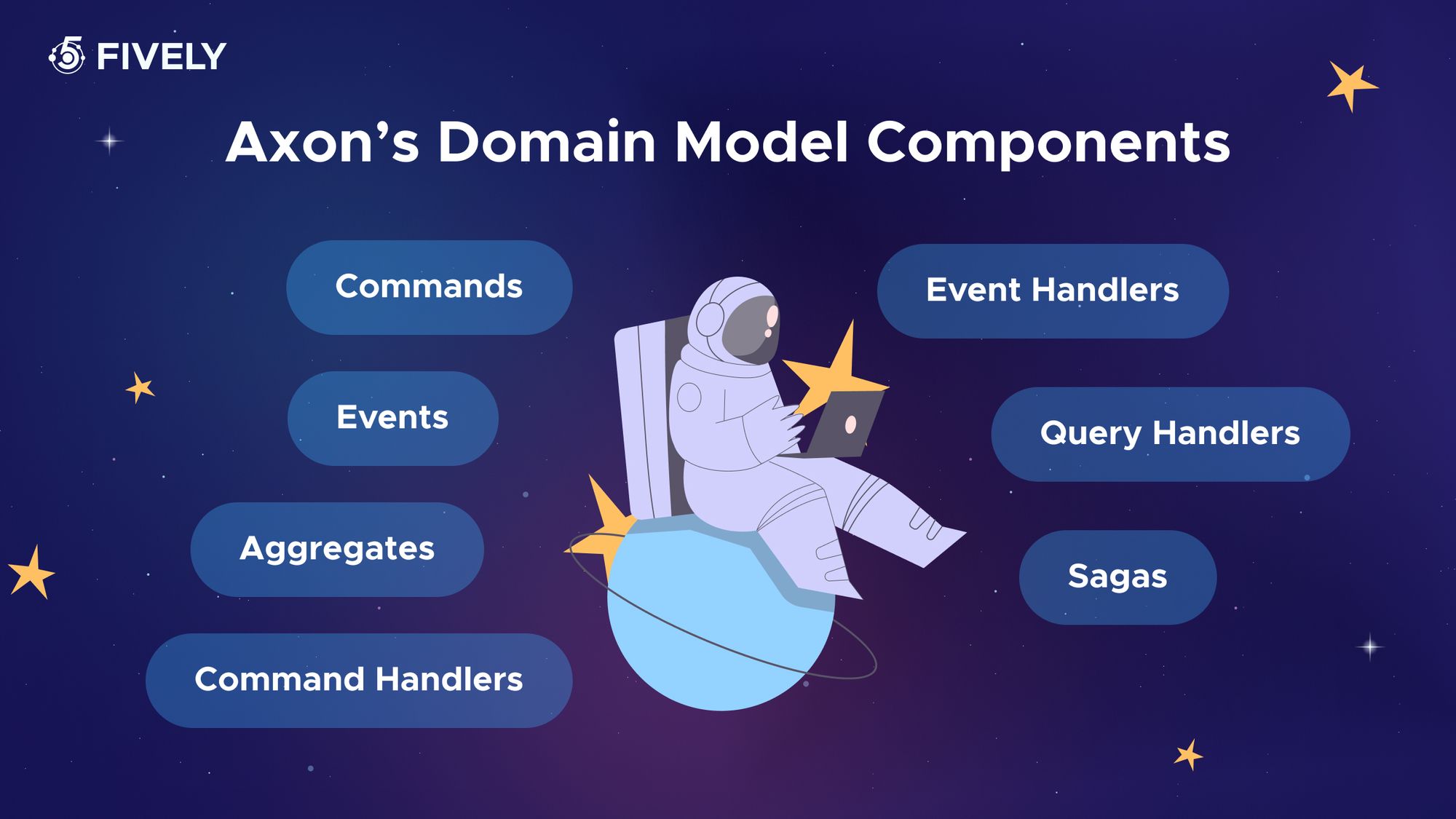
All of the Axon framework components work together harmoniously to provide a robust and scalable infrastructure for building event-driven applications.
Infrastructure Components
In addition to the core domain model components, Axon includes several infrastructure components that facilitate communication and coordination within an event-driven architecture. These components ensure that commands, events, and queries are handled efficiently, enabling a seamless flow of information throughout the system. Here’s an overview of the key infrastructure components:
Command Buses
The command bus is a critical component responsible for dispatching commands to the appropriate command handlers. It acts as a mediator, ensuring that commands are routed correctly based on their type and intent.
The command bus supports both synchronous and asynchronous processing, allowing for flexible handling of command requests. By decoupling the sending of commands from their execution, the command bus enables better scalability and fault tolerance in the system.
Event Buses
The event bus plays a vital role in the Axon framework by facilitating the publication and subscription of events. When an event is generated, it is dispatched through the event bus, which notifies all registered event handlers that are interested in that specific event type. This decoupling of event producers from consumers allows for a flexible and extensible architecture, enabling multiple components to react to events independently.
The event bus also supports various delivery mechanisms, ensuring that events are delivered reliably to subscribers.
Query Bus
The query bus is responsible for handling read requests and routing them to the appropriate query handlers. Similar to the command bus, it provides a layer of abstraction that decouples the query logic from the components that request data. By utilizing the query bus, applications can optimize read operations separately from write operations, enhancing performance and scalability. The query bus allows for various querying strategies, enabling developers to design efficient and responsive data retrieval mechanisms.
The infrastructure components of the Axon form the backbone of an event-driven architecture. They facilitate the efficient handling of commands, events, and queries, enabling developers to build scalable and maintainable applications that respond effectively to changing business requirements.
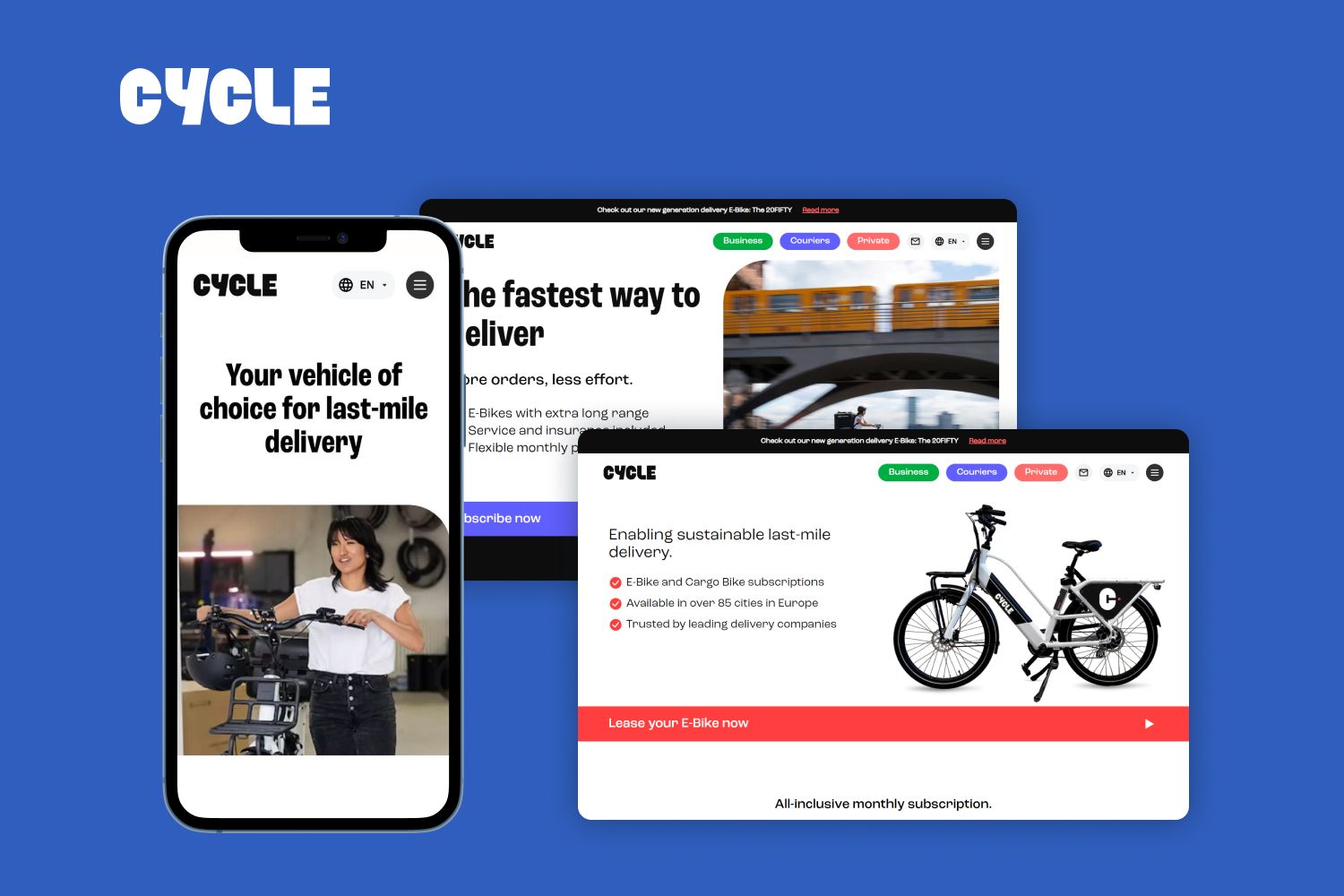
Advantages of Using Axon Framework
Axon offers numerous advantages for developers looking to build event-driven applications, particularly in complex domains. Here’s a closer look at these key benefits:
Scalability
One of the primary advantages of this framework is its ability to scale effortlessly. By separating read and write operations through CQRS and utilizing event sourcing, applications can be designed to handle varying workloads efficiently. Axon Server provides a centralized event storage solution that can manage large volumes of events, enabling systems to scale horizontally as demand grows. This architecture allows teams to allocate resources dynamically, ensuring that applications can maintain performance under high-traffic conditions.
Flexibility
It promotes flexibility by decoupling different components of the application, such as commands, events, and queries. This separation allows developers to modify, replace, or extend individual parts of the system without affecting the overall architecture. The use of Sagas further enhances flexibility by enabling complex workflows to be managed independently. As business requirements evolve, teams can adapt their applications more easily, facilitating continuous improvement and innovation.
Auditability
With event sourcing as a core principle, Axon inherently supports auditability. Every state change is captured as an event, providing a complete history of changes made within the application. This historical record allows teams to track the evolution of the application state over time, making it easier to investigate issues, ensure compliance, and perform audits. The ability to replay events also allows for powerful debugging and testing scenarios, enhancing the overall reliability of the application.
Consistency
It ensures consistency in applications through its use of aggregates and command handling. By encapsulating business logic within aggregates, the framework maintains invariants and consistency across state changes. Additionally, the use of event sourcing and the event bus ensures that all components react to events in a coordinated manner, reducing the likelihood of data inconsistencies. Axon’s architecture supports eventual consistency, allowing applications to achieve reliable state synchronization across distributed systems.
Challenges
While the Axon framework offers numerous benefits for developing event-driven applications, it also presents certain challenges that developers should be aware of. Understanding these challenges can help teams prepare and implement best practices to mitigate potential issues:
Complexity
The architecture of this framework can introduce additional complexity compared to traditional CRUD applications. Concepts such as CQRS, event sourcing, and Sagas require a deeper understanding of event-driven design patterns, which may not be familiar to all developers. This complexity can lead to longer onboarding times for new team members and increased development overhead as teams navigate the intricacies of the framework.
Additionally, debugging and testing such systems can be more challenging due to the asynchronous nature of command and event processing.
Insufficient Attention to Event Modeling
Effective event modeling is crucial for leveraging the full potential of this framework. Developers must carefully design event schemas that accurately represent domain changes and capture the necessary context for consumers. Failing to invest sufficient time and effort in event modeling can lead to poorly defined events, resulting in confusion and potential inconsistencies within the application.
It’s essential for teams to prioritize event design and establish clear guidelines for creating and managing events throughout the development process.
Ignoring Event Serialization+
Event serialization is a critical aspect of such architectures, as it determines how events are stored and transmitted between components. Neglecting proper serialization techniques can lead to issues such as data loss, compatibility problems, and performance bottlenecks.
It’s essential for developers to choose suitable serialization formats and libraries that align with the requirements of their applications. Additionally, maintaining backward compatibility for event schemas becomes increasingly important as applications evolve over time, necessitating careful planning and management of serialization strategies.
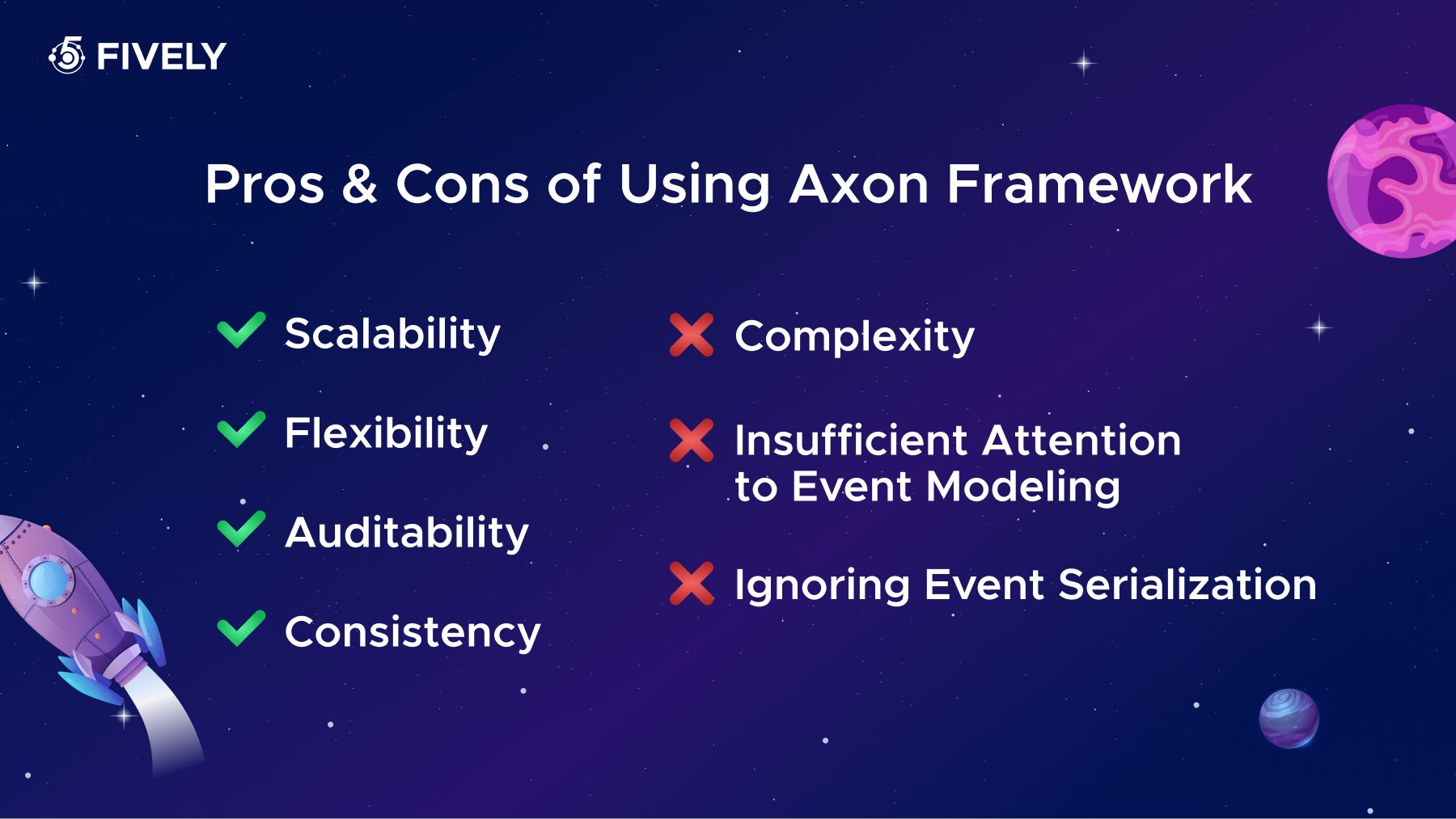
As you can see, while Axon provides powerful tools for building event-driven applications, it also introduces challenges that teams must address. By recognizing the complexities, prioritizing event modeling, and paying attention to serialization, developers can successfully navigate these challenges and fully harness the benefits of the Axon.
Use Cases of Axon Framework
This framework is versatile and can be applied across various domains and architectures, making it a valuable asset for developers. Organizations in various industries, including finance, healthcare, and logistics, leverage it to develop systems that demand high reliability and scalability.
Here are some prominent use cases where the Axon Framework excels:
Building Applications
The use of thie tool streamlines application development by offering a rich set of annotations and APIs that simplify the definition of command handlers, event handlers, and aggregates. This structure allows developers to implement business logic more effectively while focusing on the core functionality of their applications.
The framework supports both synchronous and asynchronous processing of commands and events, enabling teams to choose the most suitable approach for their specific use cases.
Microservices Architectures
It is particularly advantageous for microservices architectures, where services are often distributed and need to communicate efficiently. By promoting the decoupling of services through event-driven communication, Axon enables services to evolve independently without tight coupling. This flexibility allows teams to deploy, scale, and maintain services autonomously, enhancing overall system resilience.
Additionally, the use of CQRS and event sourcing within Axon facilitates better management of data and business logic across distributed systems, ensuring that each service can respond to changes in real time.
Event-Driven Systems
Axon is ideal for applications that require complex architectures, enabling businesses to react to changes in real time. By capturing and processing events as they occur, organizations can build systems that provide immediate feedback and updates to users.
This capability is particularly valuable in scenarios such as monitoring IoT devices, managing e-commerce transactions and facilitating real-time analytics, where timely data processing is essential for decision-making.
Complex Business Workflows
For organizations with intricate business rules and workflows, the Axon Framework provides the tools needed to model and manage complex processes. Sagas enable coordination across multiple aggregates and services, allowing for seamless management of long-running transactions.
For instance, in the finance sector, Axon can be used to implement systems that require complex transaction processing, ensuring data consistency and compliance with regulations.
In healthcare, it can help manage patient records and workflows, where maintaining accurate data and responding swiftly to changes is critical. Similarly, logistics companies can utilize Axon to streamline supply chain processes, track shipments, and manage inventory levels, ensuring operational efficiency and responsiveness to market dynamics.
This capability is crucial for applications where consistency must be maintained across various business processes, such as order fulfillment, customer onboarding, and regulatory compliance.
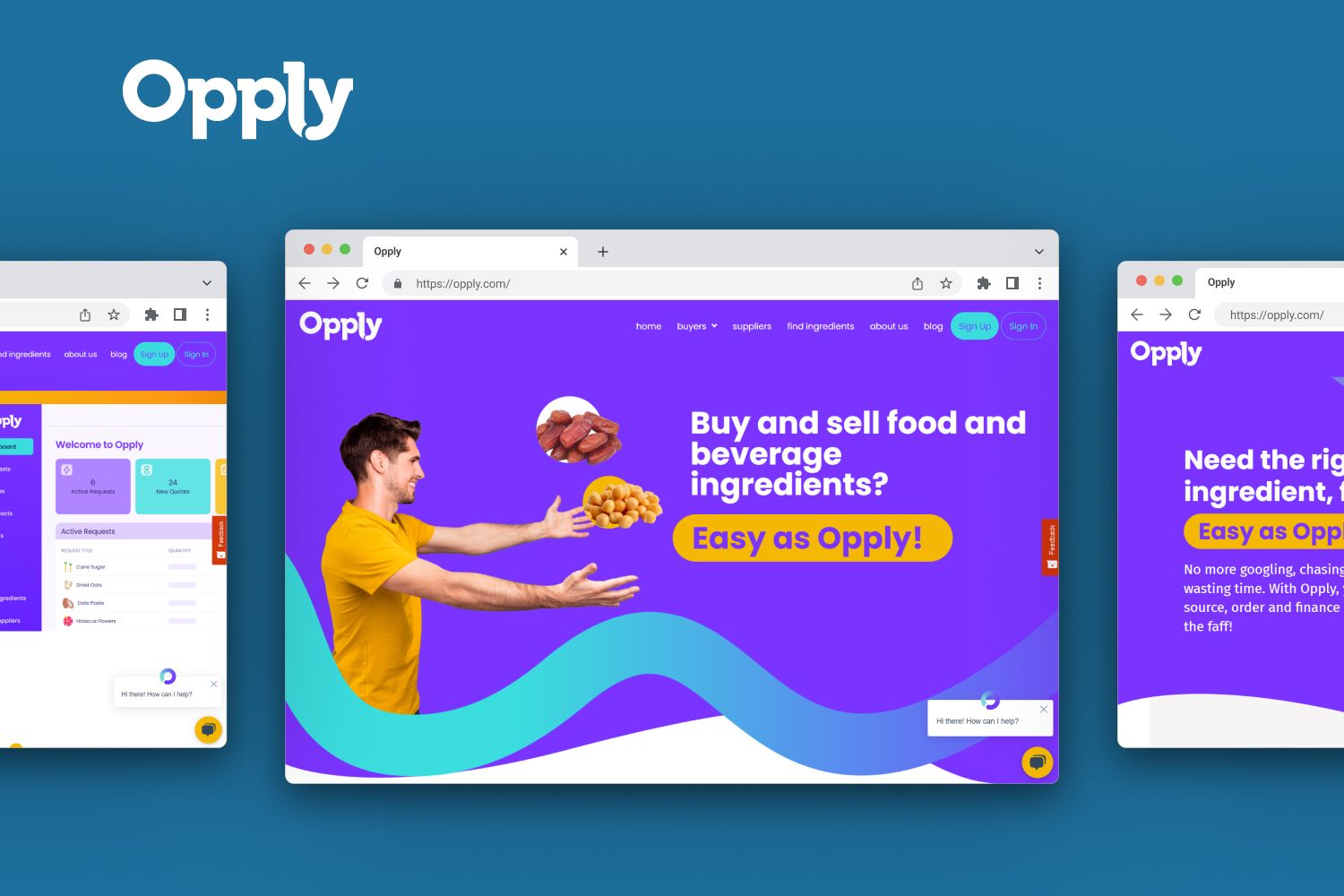
Wrapping Up
The Axon framework is a powerful tool that can be applied in a variety of contexts, from building standard applications to complex microservices architectures. Its strengths in handling event-driven systems and supporting intricate business workflows make it an ideal choice for organizations seeking to enhance reliability, scalability, and responsiveness in their software solutions.
By embracing core principles such as CQRS and event sourcing, Axon empowers developers to decouple their systems, streamline application development, and enhance data consistency. While challenges like complexity and event modeling exist, the framework's benefits far outweigh these hurdles, providing a robust foundation for organizations across various industries.
As organizations continue to navigate the complexities of modern software development, adopting the Axon framework can pave the way for more efficient, resilient, and responsive applications, ultimately driving success in an increasingly competitive landscape.
Need Help With A Project?
Drop us a line, let’s arrange a discussion
